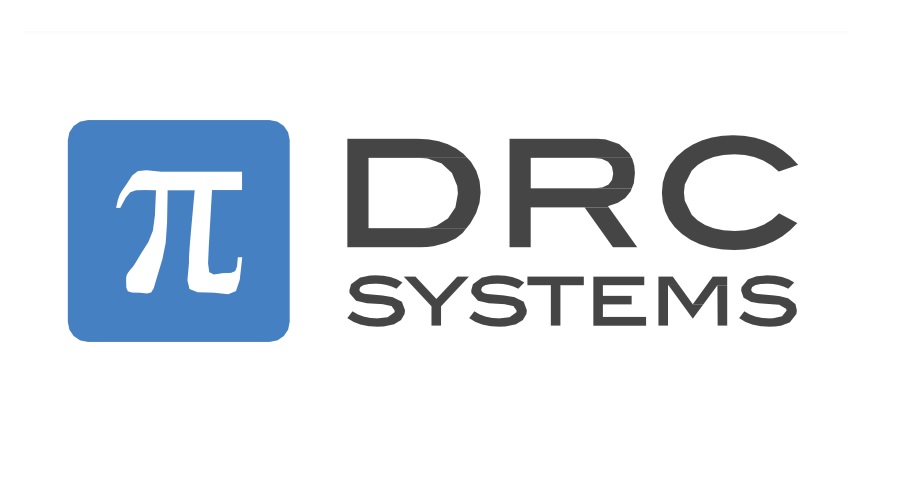 Image Source : Mint
Image Source : Mint
Switching jobs is a common career step, but many employees often face unexpected challenges in transferring their Employee Provident Fund (EPF) accounts to their new employer’s scheme. The EPF transfer process, while improved in recent years, continues to have complexities that can delay or disrupt the consolidation of retirement savings. Understanding these hurdles is crucial for seamless management of one’s provident fund.
Key Highlights About EPF Transfers During Job Changes
EPFO updates have made it easier to transfer EPF balances without requiring approval from both previous and current employers in several cases, simplifying the procedure.
Despite reforms, in fiscal year 2024-25, over 25% of EPF claims including transfers, withdrawals, and insurance were rejected due to procedural or documentation issues.
Major reasons for claim rejection include mismatches in service dates, incomplete or incorrect KYC details, and failure to link Universal Account Number (UAN) with Aadhaar.
Overlapping service periods with multiple employers used to cause automatic rejections but recent EPFO directives have clarified that such overlaps are not grounds for outright rejection, easing transfer claims.
Digital submission and Aadhaar-based verification are increasingly mandatory to reduce errors and improve processing time.
A revamped Form 13 now separates taxable and non-taxable components of provident fund interest, aiding in tax compliance and clarity during transfer.
Common Hurdles Faced in EPF Transfers
Many employees face delays and complications due to technical and administrative challenges:
-
Inconsistent or incorrectly recorded dates of joining and exit between employers create confusion and slow approval.
-
Multiple UANs or EPF accounts due to employers issuing new UANs rather than linking existing accounts.
-
Requirement of employer approval, though eased, still causes bottlenecks if previous employers delay or deny.
-
Non-seeding of Aadhaar or PAN linking leads to rejection of transfer requests.
-
Lack of awareness about new procedures, causing avoidable paperwork or resubmission.
Regional EPFO offices sometimes apply stringent scrutiny leading to processing delays.
How Recent Reforms Improve the Process
The EPFO has introduced several digital initiatives and clarifications aimed at simplifying PF transfers:
-
Single employer approval policy allows PF balance transfer upon previous employer’s consent without needing the new employer’s nod.
-
Aadhaar-based e-verification accelerates seamless processing with reduced manual intervention.
-
The Joint Declaration (JD) process for correcting employee information has been streamlined.
-
Real-time tracking and status updates are available on the EPFO portal for transparency.
-
Clarification that overlapping service periods will not automatically invalidate transfer claims reduces rejections significantly.
-
Auto-generation of UANs without Aadhaar seeding for new joiners eases onboarding for employers and employees.
Proactive Steps Employees Should Take
To avoid hurdles and ensure timely EPF transfers, employees should consider the following:
-
Maintain consistent and accurate employment records with clear joining and exit dates.
-
Link UAN with Aadhaar and PAN well in advance of job transitions.
-
Download and save digital receipts of transfer application submissions.
-
Communicate with previous employer HR promptly and confirm submission of transfer forms.
-
Regularly check EPFO member portal for status updates and discrepancies.
-
Seek help from EPFO grievance redress channels in case of delays or rejections.
Implications of Smooth EPF Transfers for Employees
Efficient transfer and consolidation of EPF accounts prevent fragmentation of retirement savings, avoid taxable withdrawals, and ensure uninterrupted accumulation of retirement corpus. The ability to manage EPF digitally aligns with India’s push for transparent, employee-friendly government services.
Conclusion: Navigating EPF Transfers with Awareness and Preparation
While EPFO’s ongoing reforms have eased many procedural complexities, employees switching jobs must stay informed and proactive to overcome common hurdles in EPF transfers. Ensuring accurate data, linking identification documents, and timely submission are keys to preserving provident fund benefits and securing financial stability for the future.
Sources: EPFO circulars, Angel One, Moneylife, Economic Times, Moneycontrol
Advertisement
Advertisement





